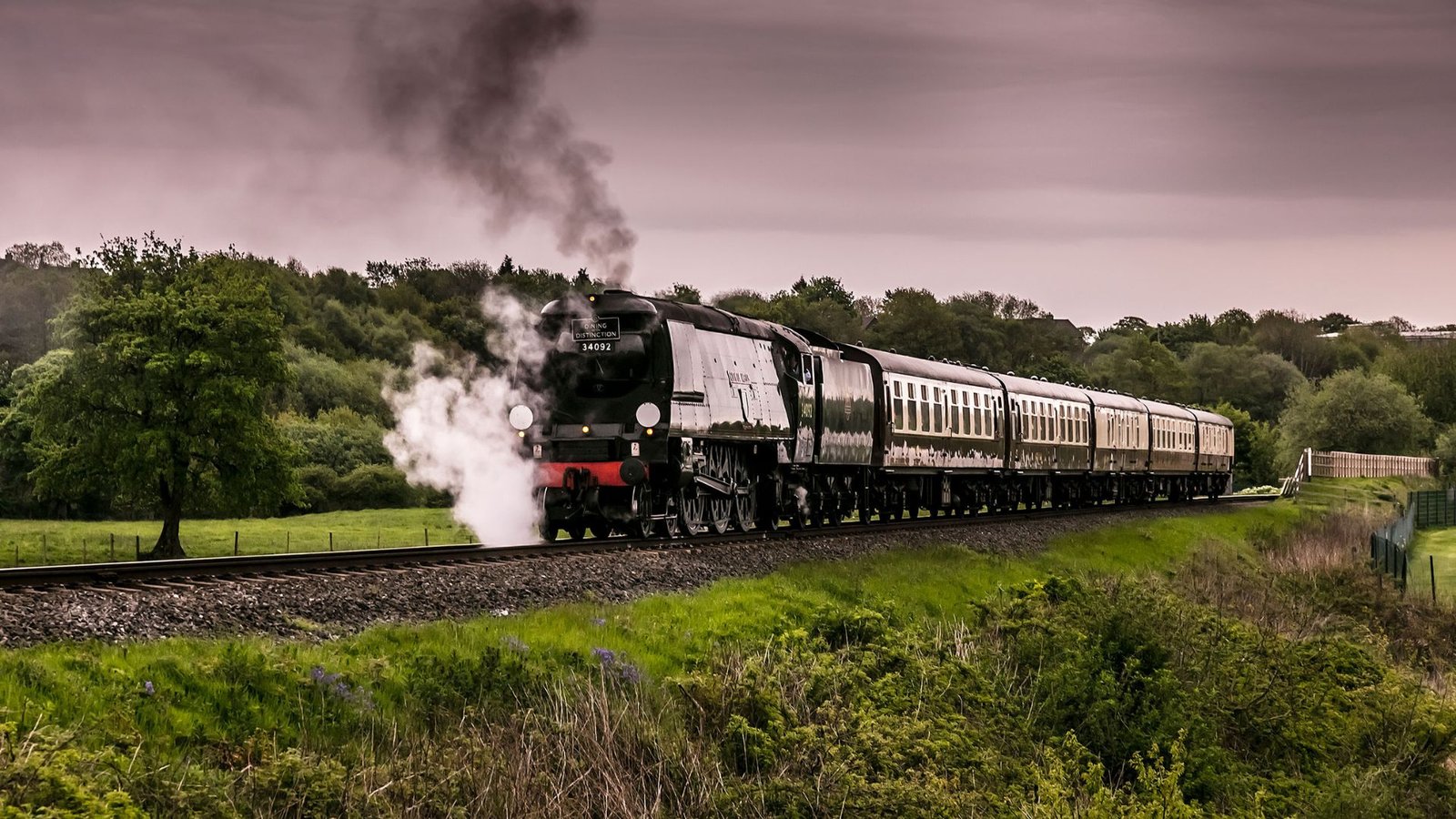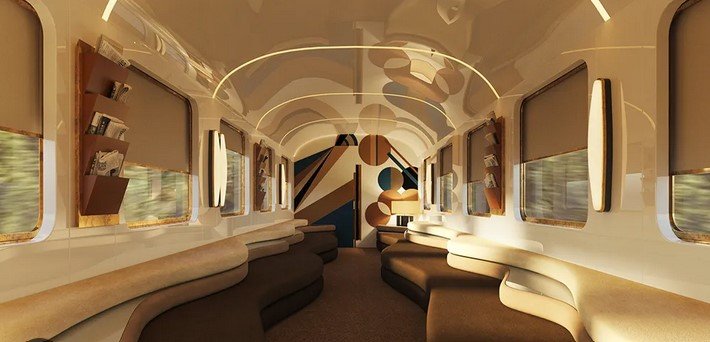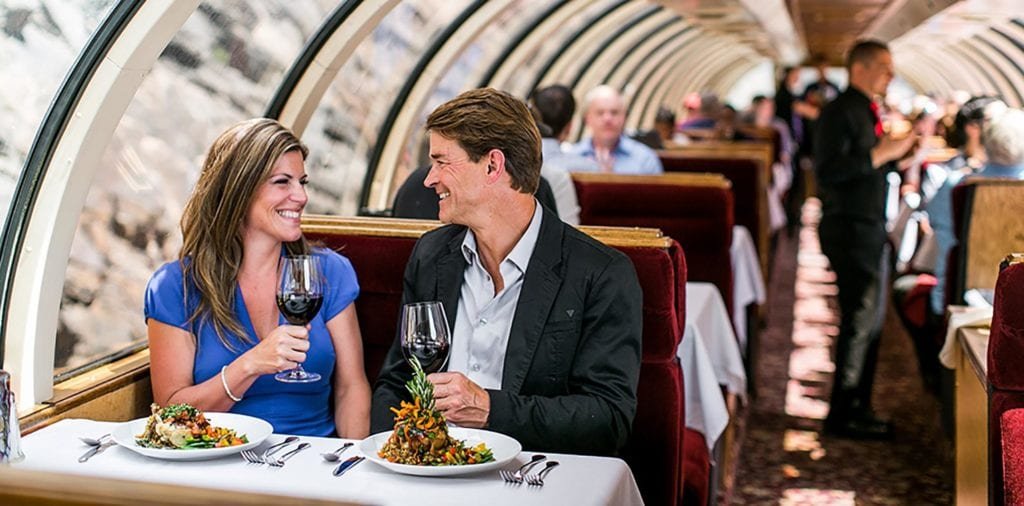Dinner trains, known for their luxurious ambiance and gourmet offerings, are now at the forefront of the sustainable dining movement. Combining the romance of rail travel with eco-friendly practices, these culinary journeys are setting new standards for sustainability in the hospitality and travel industries.
The Growing Importance of Sustainability in Dining
As climate change and environmental concerns take center stage, industries worldwide are striving to reduce their ecological footprint. The dining sector is no exception. From farm-to-table restaurants to zero-waste kitchens, sustainable practices have become a priority for diners and operators alike. Dinner trains, offering a unique blend of travel and cuisine, are uniquely positioned to champion these efforts.
Eco-Friendly Practices on Dinner Trains
1. Locally Sourced Ingredients
Many dinner trains focus on sourcing ingredients from local farms and producers. This reduces the carbon footprint associated with transporting food and supports local economies. Examples include:
- The Napa Valley Wine Train: Known for its partnerships with local vineyards and farms.
- The Blue Train (South Africa): Featuring regional flavors with sustainably sourced ingredients.
2. Energy-Efficient Operations
Dinner trains are adopting advanced technologies to minimize energy use:
- Hybrid and Electric Engines: Some dinner trains are switching to cleaner energy sources.
- Efficient Lighting: LED lighting systems reduce power consumption without compromising the train’s ambiance.
3. Waste Reduction Initiatives
Minimizing food and material waste is a critical aspect of sustainability. Dinner trains often implement practices like:
- Composting: Turning food scraps into nutrient-rich compost for local agriculture.
- Reusable Tableware: Avoiding single-use plastics by using high-quality, reusable dinnerware and glassware.

4. Supporting Local Artisans and Craftspeople
From tableware to decor, many dinner trains incorporate locally made products, reducing transportation emissions and celebrating regional craftsmanship.
Sustainable Routes and Experiences
1. The Rocky Mountaineer (Canada)
This scenic dinner train highlights the natural beauty of Canada while committing to environmental stewardship. Initiatives include partnering with conservation programs and serving sustainably sourced seafood.
2. The Glacier Express (Switzerland)
This iconic train integrates solar power in its operations and emphasizes sustainable tourism by promoting eco-conscious travel packages.
3. Rovos Rail (South Africa)
Rovos Rail has implemented water-saving systems and sustainable culinary practices, making luxury travel more eco-friendly.
Why Sustainability Matters on Dinner Trains
Dinner trains occupy a unique space in both the travel and dining industries, making them an influential platform for promoting sustainability. Here’s why their eco-friendly practices make a difference:
- Reduces Carbon Footprint: By serving local ingredients and adopting greener technologies, dinner trains reduce emissions significantly.
- Promotes Awareness: Guests experience sustainable practices firsthand, inspiring them to adopt similar habits in their own lives.
- Protects Local Ecosystems: Sustainable dining supports local agriculture and reduces the strain on natural resources.
Challenges and Innovations in Sustainability
Challenges:
- Balancing Luxury with Sustainability: Maintaining a luxurious dining experience while adopting eco-friendly practices can be complex.
- High Costs: Upgrading to energy-efficient systems and sourcing premium local ingredients often comes with higher expenses.
Innovations:
- Carbon Offset Programs: Some dinner trains allow passengers to contribute to offsetting their travel-related emissions.
- Vertical Farming Partnerships: Collaborations with urban farms for fresh, sustainable produce.
Tips for Choosing an Eco-Friendly Dinner Train Experience
- Research Sustainability Initiatives: Look for trains that prioritize green energy, local sourcing, and waste reduction.
- Opt for Shorter Routes: Shorter journeys often have a smaller environmental impact.
- Support Trains with Certification: Choose dinner trains certified by recognized sustainability organizations.
A Greener Future for Dinner Trains
As consumers increasingly prioritize eco-friendly travel and dining options, dinner trains are poised to lead the way in sustainable luxury. With continued innovation and dedication to reducing environmental impact, these trains can provide unforgettable experiences while preserving the planet for future generations.




